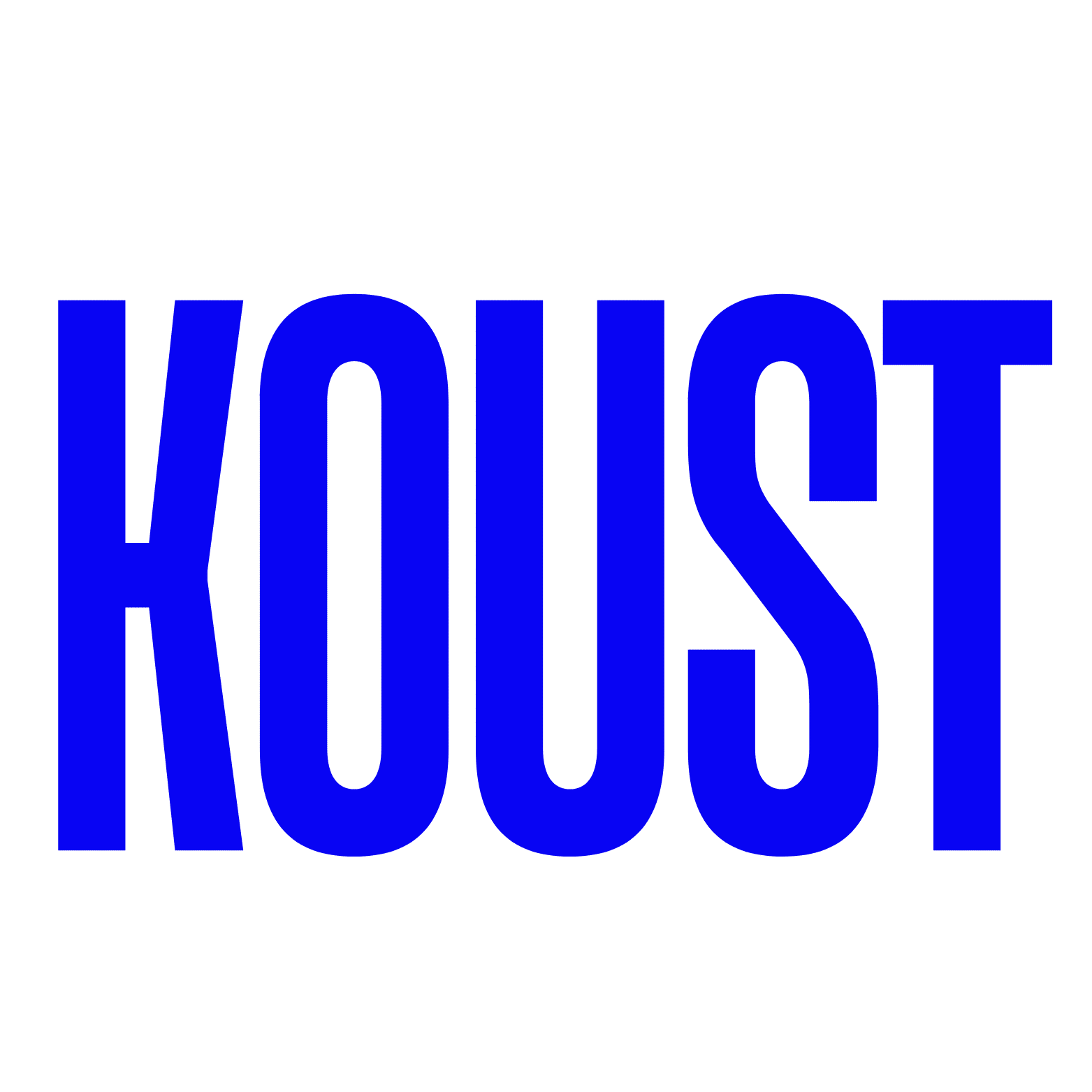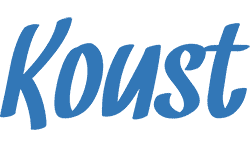
Food traceability in catering
Les règles en matière de traçabilité alimentaire en restauration sont très encadrées et sont de plus en plus nombreuses. L’une des méthodes les plus connues est l’HACCP. La méthode HACCP permet notamment d’analyser les risques sur les différents produits.
Il est donc primordial de mettre en place des actions afin de respecter ses règles en cas de contrôle d’hygiène.
Product traceability
In terms of foodstuff traceability, catering professionals are subject to strict regulations.
They have an obligation to provide food safety and information. And they have to implement a health control plan and a method to guarantee the reliability of the food consumed by customers.
Every catering establishment must be able to trace the route of a food product from production to sale. This makes it possible to quickly withdraw a product from sale in the event of a food safety or hygiene problem.
Setting up my food traceability
The information mandatory
A certain amount of information is mandatory in order to ensure food hygiene and safety. They must make it possible to identify and follow a foodstuff through to its distribution or sale.
This food traceability information in the catering industry makes it possible to know :
- The exact nature of the product, its volume and quantity;
- The name and address of the supplier ;
- Le numéro de lot des produits ;
- The date of receipt of the product;
- The description of the products and its packaging.
Restaurateurs have the responsibility and obligation to keep : - The labels of all the food products they use;
- Delivery notes from suppliers ;
- The labels and manufacturing sheets of the preparations they make themselves.
Indeed, in the event of an inspection, the restaurant's traceability method will be checked and tested, as well as the provisions made in the event of a food crisis.
Conservation traceability documents
The retention of traceability documents is also subject to several regulations, first of all the retention period of these documents varies;
- Food products have a best before date, which is 6 months from the date of manufacture;
- For foodstuffs without an expiry date, such as fruit, it is 3 months;
- Les aliments ayant une DLUO (date limite d’utilisation optimale), par exemple les vins ou le café, elle est de cinq ans.
The Koust foodtraceability solution for the catering industry
De nombreux restaurateurs choisissent de conserver leurs informations de traçabilité alimentaire en restauration sous un format papier.
Il faut donc mettre en place un système d’archivage au sein de la structure afin de conserver les factures, les bons de livraisons, mais également les étiquettes de toutes les denrées alimentaires utilisées.
Mais cette solution peut s’avérer chronophage et très contraignante, notamment en cas de contrôle sanitaire.
C’est pourquoi Koust a développé un outil de traçabilité pour permettre aux professionnels de la restauration de conserver et d’archiver automatiquement et numériquement toutes les informations de traçabilité alimentaire en restauration. Un gain de temps et d’espace pour des restaurateurs qui cherchent à optimiser et à réduire ces deux facteurs précieux.
- This new feature allows several possibilities, including :
- Composition label printing CSD label printing
- Goods receipt posting
- Photos, online storage and consultation of traceable labels
- Enter additional information on any medium (tablet, smartphone, computer)
This solution saves you time and security compared to a paper-based storage and archiving system.
La sécurité de vos denrées alimentaires est donc primordiale en restauration, grâce aux méthodes et aux solutions telles que le HACCP, vous pouvez désormais garantir une hygiène de vos produits.
Discover also our solution to control your sanitary control plan.

